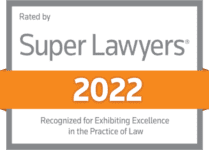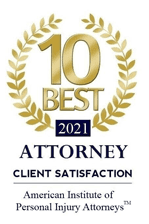Common Chapter 13 Bankruptcy Cases
Bankruptcy
Chapter 13 bankruptcy, often referred to as the “wage earner’s plan,” offers individuals with regular income the opportunity to restructure their debts under court supervision. Unlike Chapter 7 bankruptcy, which involves liquidating assets to pay creditors, Chapter 13 allows debtors to retain their property while repaying creditors over a period of three to five years. This type of bankruptcy is commonly used by individuals who have a steady income but are struggling with overwhelming debt.
Common Cases
One of the most common types of Chapter 13 bankruptcy cases involves individuals facing foreclosure on their homes. When homeowners fall behind on mortgage payments and are at risk of losing their property, Chapter 13 can provide a crucial lifeline. By filing for bankruptcy under Chapter 13, debtors can stop foreclosure proceedings and propose a repayment plan that allows them to catch up on missed payments over time. This arrangement helps debtors keep their homes while satisfying their mortgage obligations in a manageable way.
Medical Debt
Medical debt is another frequent reason individuals seek relief through Chapter 13 bankruptcy. Even with health insurance, medical expenses can quickly accumulate, leading to financial hardship. Chapter 13 enables debtors to consolidate medical bills and other unsecured debts into a single repayment plan. This structured approach often results in lower monthly payments, making it easier for individuals to regain financial stability while addressing their medical debt responsibly.
Credit Card Debt
Credit card debt is a pervasive issue for many Americans, often exacerbated by high-interest rates and penalties for late payments. Chapter 13 bankruptcy allows debtors to reorganize credit card debts along with other unsecured debts, such as personal loans or outstanding utility bills. By proposing a repayment plan based on their income and expenses, individuals can gradually repay their creditors while potentially reducing the overall amount owed through negotiation or court-approved adjustments.
Business Challenges
Small business owners facing financial challenges may also turn to Chapter 13 bankruptcy as a means of restructuring their debts while continuing to operate their businesses. Sole proprietors and self-employed individuals can use this bankruptcy option to protect their assets and develop a feasible plan to repay creditors over time. This approach allows entrepreneurs to address business-related debts, such as unpaid suppliers or leases, without jeopardizing their ability to generate income and sustain their enterprises.
Car Loans
Another common scenario involves individuals who have fallen behind on car loan payments and risk repossession of their vehicles. Chapter 13 bankruptcy can halt repossession efforts and provide an opportunity to include outstanding car loan payments in a structured repayment plan. By prioritizing essential assets like vehicles necessary for work or family responsibilities, debtors can secure their transportation while adhering to court-approved financial obligations.
Legal Help
Chapter 13 bankruptcy provides a vital mechanism for individuals to restructure their debts and achieve financial stability while preserving essential assets. Whether facing foreclosure, overwhelming medical bills, credit card debt, or business-related financial challenges, Chapter 13 offers a structured approach to debt repayment under court supervision. By proposing a feasible repayment plan based on their income and expenses, debtors can regain control over their finances and work towards a more secure financial future. Reach out to a law firm like the Leinart Law Firm to get assistance from a Chapter 13 Bankruptcy Lawyer.







